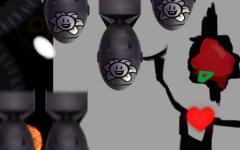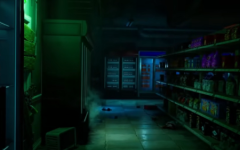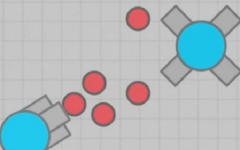Advertisement
Late Stops
Advertisement

Late Stops follows the story of Derek Adams, who finds himself stranded during a nighttime drive across the country. When his car runs out of fuel, he manages to reach a small roadside convenience store just as the engine dies. Inside, the store is functional but oddly quiet, with dim lighting and a disinterested cashier. Derek asks about fuel and is told that there might be a gas can behind the building. What starts as a routine stop soon becomes more uncertain when the power shuts off and the surroundings take on a different tone.
A Routine Errand Changes Direction
After the blackout, the cashier requests Derek’s help to reset the circuit breaker outside. Derek agrees, but once he steps beyond the store’s entrance, he senses that something is wrong. The environment feels too still. The air carries tension, and he begins to feel that someone may be nearby. What was previously a simple space now feels unfamiliar. The game guides Derek through the dark area around the store, slowly introducing signs that his presence is not welcome.
Controls And Progression Structure
Late Stops is a brief experience that uses a small set of mechanics to guide the player through its setting:
- WASD to move through the environment
- E to interact with people and objects
- Shift to run during specific moments
- Space to advance dialogue
These inputs support exploration and event progression. The game uses a first-person view to keep the experience personal and close. There are no combat systems or inventory mechanics—movement and observation drive the story forward.
The Circle And Its Meaning
During his time around the store, Derek comes across references to a local cult called The Circle. At first, this seems like irrelevant background, but the further he goes, the clearer it becomes that this group may be involved in his situation. Notes, symbols, and small changes in behavior point toward something larger. Derek realizes he is no longer just waiting for help—he is being pulled into something with structure and intention. The game does not reveal everything, but gives enough to suggest he may not have ended up here by chance.
Late Stops presents a brief narrative with a linear path and a single conclusion. Its strength comes from atmosphere and pacing rather than gameplay complexity. The game keeps focus on small details: lighting changes, background sounds, and short pieces of dialogue. Through these elements, it builds tension without relying on shock or speed. Derek’s story finishes within minutes, but leaves open questions about what he encountered and how close he came to something far beyond his understanding.






















































































































































